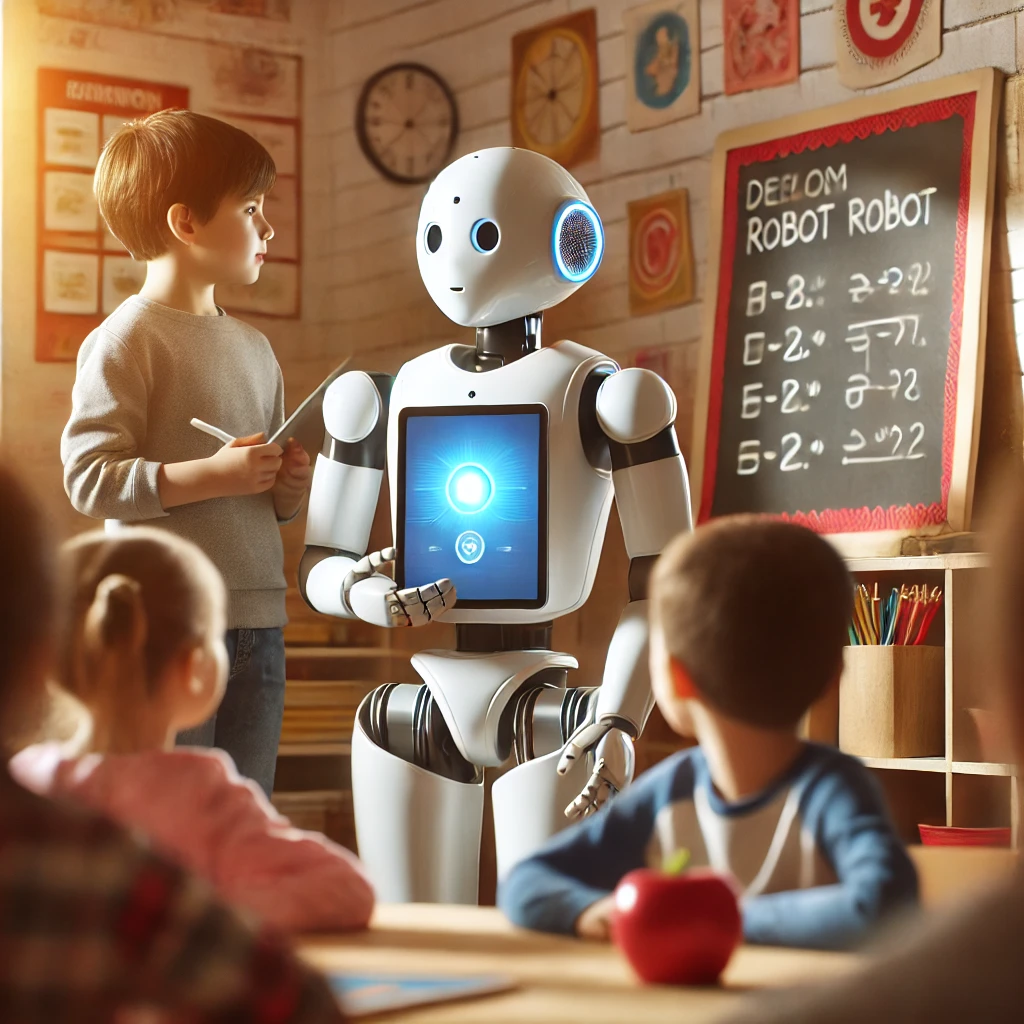Humanoid Robots: Latest Innovations in Education and Therapy Applications
Creating humanoid robots has been a groundbreaking journey that continues to push the boundaries of technology, psychology, and ethics. These advanced robots are no longer merely programmed machines but have become sophisticated entities capable of interacting with humans in surprisingly lifelike ways. In recent years, humanoid robots have emerged as social companions, educators, and therapeutic assistants, demonstrating their potential to make meaningful contributions in education and healthcare. This article explores the latest developments in humanoid robots, focusing on their roles in social interactions, and their practical applications in teaching and therapy.
Recent Advances in Humanoid Robots
Humanoid robots are designed to mimic human appearance and behaviors, often featuring expressive facial features, fluid body movements, and responsive speech abilities. Leading-edge companies and research institutions like Boston Dynamics, SoftBank Robotics, and Hanson Robotics have made notable advancements. These robots can now perceive human emotions, process complex information, and engage in dynamic conversations. For example, robots like Sophia by Hanson Robotics and Pepper by SoftBank Robotics are known for their conversational skills and have been used in settings ranging from customer service to social experiments.
A crucial development is the improvement of artificial intelligence (AI) algorithms that enable robots to understand and respond to human emotions more accurately. Through advancements in machine learning and natural language processing, robots can now analyze speech tone, facial expressions, and gestures, allowing them to respond in contextually appropriate ways. This capability enhances their social acceptance, making interactions with robots feel natural and engaging.
The Role of Humanoid Robots in Education
One of the most promising applications of humanoid robots is in education. Robots can serve as engaging teachers, tutors, or educational assistants, especially effective in supporting children with special needs or those requiring personalized attention. Robots like Nao and QTrobot, for example, are currently used in classrooms worldwide to teach languages, math, and science in an interactive and enjoyable way. Children often find learning with robots less intimidating, which helps them open up and become more receptive to challenging subjects.
Moreover, robots can adapt to each student’s learning pace and style, making them valuable tools in personalized education. Using data from each interaction, robots can adjust their teaching methods to suit individual needs, which is especially beneficial for students who struggle in traditional learning environments. In some cases, robots are designed to encourage social development skills, making them particularly effective in helping children with autism spectrum disorder (ASD) to develop communication and social interaction skills in a controlled and supportive environment.
Therapeutic Applications of Humanoid Robots
In addition to education, humanoid robots have shown considerable promise in therapy, especially in psychological and rehabilitative contexts. For individuals dealing with mental health issues or cognitive disorders, robots provide non-judgmental and patient interactions that help reduce feelings of loneliness, anxiety, and stress. Therapy robots, such as Paro, the robotic seal, have been used effectively in eldercare, providing companionship to patients with dementia and reducing agitation and depression.
Humanoid robots are also used in physical rehabilitation settings. They can guide patients through exercises, monitor their progress, and provide feedback, reducing the need for constant supervision by human therapists. Robots like Tega and Kaspar are designed with soft, friendly appearances to create a calming and approachable environment, particularly for children undergoing therapy. These robots can lead interactive sessions that promote emotional well-being, boost confidence, and encourage positive behavioral changes in children with developmental or emotional challenges.
Social Impact and Ethical Considerations
The integration of humanoid robots into social environments raises several ethical considerations. While they offer many benefits, there is an ongoing debate about their potential to replace human jobs and affect social dynamics. In education and therapy, some argue that the presence of robots might reduce human interaction, potentially impacting the social development of children and emotional connection in therapeutic contexts. Additionally, privacy concerns arise as these robots collect and analyze personal data, raising questions about data security and ethical usage.
Nevertheless, many experts believe that humanoid robots will be most effective when used to complement human efforts rather than replace them. In education and therapy, robots can assist professionals by handling repetitive tasks, enabling teachers and therapists to focus on more complex, human-centered aspects of their roles. This partnership between humans and robots could lead to better outcomes, as robots provide additional support, allowing professionals to dedicate more attention to the nuanced needs of each individual.
The Future of Humanoid Robots in Society
As technology progresses, humanoid robots are expected to become even more integrated into daily life, particularly in sectors where social interaction is essential. In education, future robots may support lifelong learning, adapting their roles as students grow and their educational needs evolve. In therapy, robots may play an even more significant role in mental health support, perhaps offering more personalized and consistent interactions than human therapists can provide in certain contexts.
In conclusion, humanoid robots are a fascinating development at the intersection of technology and human experience. With applications in education and therapy, they are helping reshape how we approach learning and mental health care. While there are still challenges to address, particularly in terms of ethics and privacy, humanoid robots are likely to become increasingly valuable as tools that enrich our social and emotional lives, creating new possibilities for education and therapy in the modern world.
Humanoid Robots: Latest Innovations in Education and Therapy Applications
Recommended Post
Top Deep Learning Trends and Their Impact Across Industries in 2024
